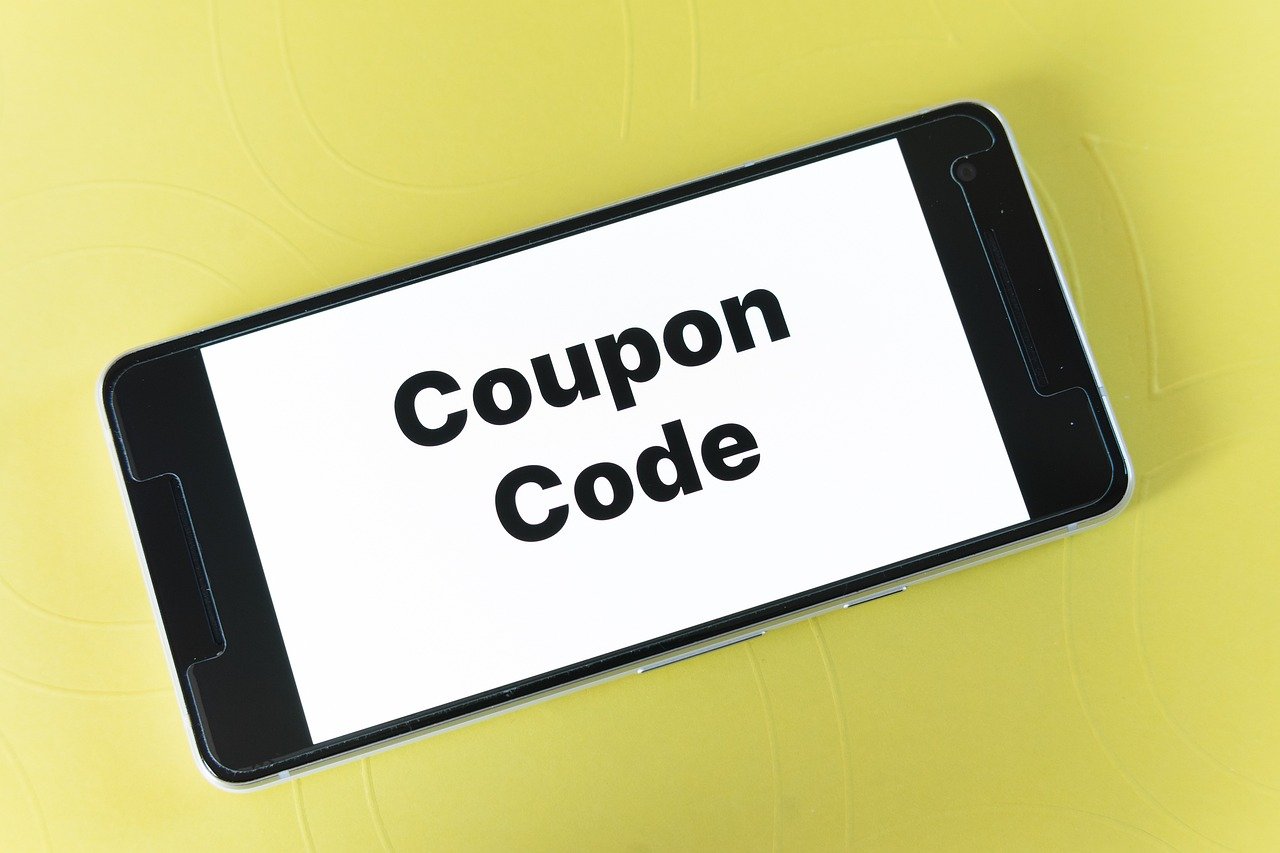Attracting customers to your store is only half the battle; once they’re inside, your store design needs to seal the deal. A well-planned store design isn’t just about aesthetics; it’s a powerful marketing tool that influences customer behavior, enhances their shopping experience, and ultimately drives sales. This blog post dives deep into the core principles of store design, offering practical strategies and actionable insights to help you create a retail space that captivates and converts.
Understanding the Psychology of Store Design
The Power of Visual Merchandising
Visual merchandising is more than just arranging products; it’s about telling a story and creating an emotional connection with shoppers. Studies show that visually appealing displays can increase sales by as much as 20%.
- Example: Apple Stores are masters of visual merchandising. Products are displayed on clean, uncluttered surfaces, encouraging customers to interact with them.
Creating a Positive Customer Experience
The overall atmosphere of your store plays a critical role in customer satisfaction. Consider factors like lighting, music, scent, and temperature to create a welcoming and comfortable environment.
- Tip: Use warm lighting in clothing stores to flatter skin tones and create a sense of intimacy. Conversely, brighter, cooler lighting is often preferred in electronics stores to convey a sense of modernity and innovation.
Influencing Customer Flow
Strategic layout design can guide customers through your store, encouraging them to browse different sections and discover new products.
- Example: Placing high-demand items at the back of the store forces customers to walk through other sections, increasing the likelihood of impulse purchases.
Key Elements of Effective Store Layout
Grid Layout
The grid layout is a traditional and efficient design, often used in grocery stores and pharmacies.
- Benefits:
Maximizes space utilization
Easy to navigate
Ideal for high-volume stores
- Drawbacks:
Can feel impersonal and sterile
Limited opportunities for creative displays
Loop Layout (Racetrack Layout)
This layout guides customers along a predetermined path, encouraging them to see all products.
- Benefits:
Increases product exposure
Encourages impulse purchases
Easy to manage customer flow
- Drawbacks:
Can feel restrictive
Not suitable for all types of stores
Free-Flow Layout
A more flexible design that allows customers to explore at their own pace.
- Benefits:
Creates a more relaxed and inviting atmosphere
Encourages browsing
Suitable for specialty stores and boutiques
- Drawbacks:
Can be difficult to navigate
Requires careful planning to avoid bottlenecks
Angular Layout
Uses curved walls and showcases to create a sophisticated and luxurious feel.
- Benefits:
Creates a high-end atmosphere
Visually appealing
Encourages exploration
- Drawbacks:
Can be more expensive to implement
May not be suitable for all types of products
Optimizing Product Placement
The Rule of Eye-Level
Products placed at eye level are more likely to be noticed and purchased.
- Tip: Place your most profitable items in this prime location.
- Example: Cereal companies often pay a premium to have their products placed at eye level for children in grocery stores.
Creating Focal Points
Use visual displays and signage to draw attention to key products or promotions.
- Example: A brightly lit display showcasing a new product line can attract customers from across the store.
Cross-Merchandising
Place complementary products together to encourage related purchases.
- Example: Placing popcorn near the movie rentals or salsa near the tortilla chips. Statistics show this can increase sales by 10-15%.
Decompression Zone
This is the area just inside the entrance of your store. It’s important to keep this space uncluttered to allow customers to adjust to the new environment.
- Tip: Avoid placing high-demand items or promotional displays in the decompression zone. Customers are still transitioning and are less likely to engage with them.
The Importance of Lighting, Color, and Ambiance
Strategic Lighting
Lighting can be used to highlight products, create a mood, and influence customer behavior.
- Types of Lighting:
Ambient Lighting: Provides overall illumination
Accent Lighting: Highlights specific products or areas
* Task Lighting: Used for specific tasks, such as checkout
- Example: Jewelers use bright, focused lighting to showcase the brilliance of diamonds.
The Psychology of Color
Different colors evoke different emotions and associations.
- Red: Excitement, energy, urgency (often used in clearance sections)
- Blue: Trust, security, calmness (suitable for banks and healthcare providers)
- Green: Nature, health, wealth (often used in eco-friendly stores)
- Yellow: Optimism, happiness, warmth (used to attract attention)
- Tip: Choose colors that align with your brand identity and target audience.
Music and Scent
Music and scent can create a more immersive and memorable shopping experience.
- Example: Studies have shown that playing classical music in wine stores can increase sales of more expensive wines. Similarly, the scent of freshly baked goods can entice customers into a bakery.
Conclusion
Crafting an effective store design is an ongoing process that requires careful planning, attention to detail, and a deep understanding of your target audience. By incorporating the principles outlined in this blog post, you can create a retail space that not only looks appealing but also drives sales and fosters customer loyalty. Remember to continuously analyze your store’s performance and make adjustments as needed to optimize the shopping experience and maximize your return on investment.



